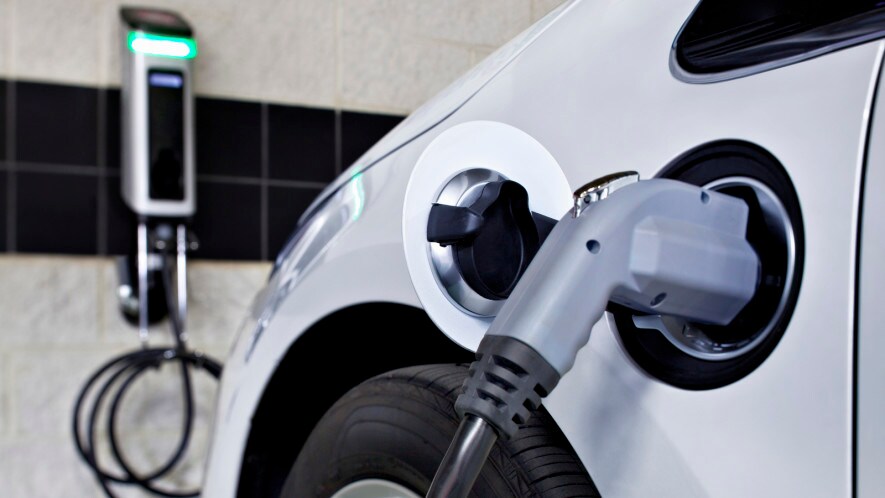In recent years, there has been an increase in the number of people opting for eco-friendly cars. In tandem, the demand for EV charging infrastructure has skyrocketed, highlighting the need for greater understanding of EV charging processes. What exactly is EV-charging, and how does it work?
EV charging is the process of charging the battery of an electric vehicle. The basic process is akin to fueling traditional vehicles using gasoline. With one important difference, however: EVs are not powered by combustion fuels. They instead utilize the electricity stored in their batteries to power and propel their electric motors.
Understanding the available charging options for EVs is a crucial aspect. Electric vehicle owners can avail various charging methods, each offering different charging speeds and compatibility with different vehicles. Let’s look at some of these options:

Level 1 Charging. This is a very basic method of EV charging. It usually utilizes an electrical outlet that is located in a household (120 volts). Although convenient, Level 1 charging can be slow and may take several hours to charge an electric car. It is commonly used for overnight charging. For more information, click What is EV Charging
Level 2 Charger Level 2 Charger is able to operate with higher voltages (typically up to the 240-volt range). Additionally, it provides quicker charging speeds than normal charging. The option is available at public charging stations, offices, and in homes with EV-specific charging equipment. Level 2 chargers are ideal for overnight charging. They can also significantly reduce charging times compared with level 1.
DC Fast Charging – Also known as Level 3 charging, DC Fast Charging provides the fastest charging speeds of the three choices. It uses higher voltages to enable rapid charging that can charge an EV up to 80% in just a few minutes. DC fast-charging stations can be located along major routes for travel, as well as in commercial areas. They are ideal for long-distance travel and rapid refills.
To EV owners, it’s essential to know the options for charging that are available so that they can make educated choices about when and where to recharge their cars. EV charging is optimized by considering aspects like the availability of charging stations as well as the convenience of charging speeds and.
Furthermore, the emergence of EV charging infrastructure is reshaping how we approach fueling our automobiles. Traditional gas stations are being augmented, and in some cases substituted by EV charging stations which reflect the shift towards a cleaner, more sustainable and sustainable transportation system.
The convenience of charging at home is a convenience for many EV users. Installing an overnight charging system that is level 2 at home can allow easy charging and will ensure that your vehicle is fully charged every morning. Moreover, home charging offers savings on costs as well as eliminating the necessity of visiting charging stations at public locations.
Although public charging infrastructure is always essential, it’s especially important for long-distance journeys, and owners of electric vehicles who do not have access to home charging solutions. In conjunction with technological advancements the growth of charging infrastructures in public spaces makes electric vehicle ownership more accessible.
Furthermore the incorporation of smart charging systems and renewable energy sources in EV charging networks offers exciting possibilities for sustainability and grid optimization. Wind or solar energy could be utilized to charge electric vehicles. This will reduce greenhouse gasses and our dependence on fossil fuels.
In the end, EV Charging is a fundamental part of owning and using an electric vehicle. By understanding the many charging options, as well the constantly changing landscape of charging infrastructures, EV owners will be able to maximize their efficiency and convenience when driving. As we continue to adopt electric mobility the future of transportation is bright with clean energy and innovative charging solutions.